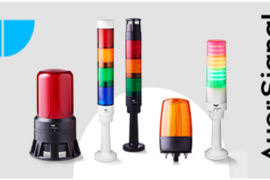Eight new substances have been added to the REACh (Registration, Evaluation, Authorisation and Restriction of Chemical) candidate list by the European Chemicals Agency (ECHA). The list now comprises 219 substances.
Because of their reproductive toxicity, carcinogenicity and respiratory sensitisation properties, they are considered Substances of Very High Concern with regard to human health or the environment.
Companies must comply with legal obligations and ensure the safe use of these chemicals.
The Candidate List is a list of substances of very high concern that are candidates for authorisation.
These are potential candidates for Annex XIV of the REACH Regulation on substances subject to authorisation, which currently contains 54 entries.
For the use of these substances, a company must (in the future) apply for an authorisation.
Germany’s component distribution association FBDi expressly points out information and notification obligations for affected companies from the relevant concentration limit onwards if a substance – either on its own, in mixtures or in articles – is included in the candidate list:
- Importers and manufacturers of articles containing a candidate list substance have six months from the date of their inclusion in the list to notify ECHA.
- Any supplier of articles on the EU market containing a candidate list substance above a concentration of 0.1% by weight must provide sufficient information or a safety sheet to its customers and consumers to enable safe use.
- According to REACh Regulation Article 33, a supplier of such substances must, upon request, provide the consumer with at least the name of the substance within a period of 45 days.
- Since January 2021, according to the EU Waste Framework Directive, every supplier has to notify ECHA if his products contain a SVHC.
To record these notifications, ECHA has set up the so-called SCIP database, which, in addition to consolidation, is also intended to allow customers and disposal companies to identify corresponding pollutants in the cycle, to avoid them or even to isolate them in disposal.











Comments are closed.